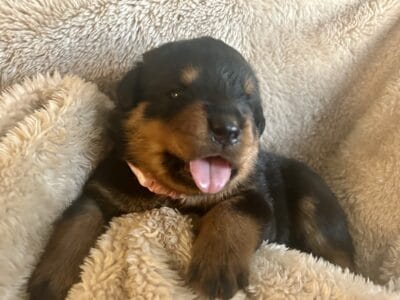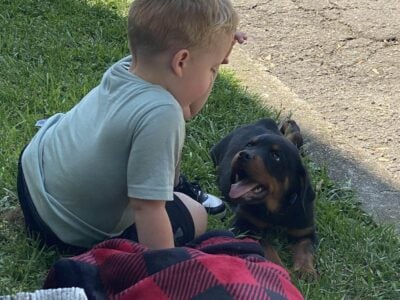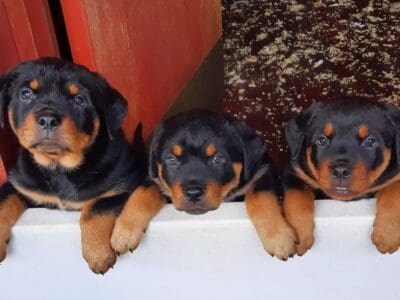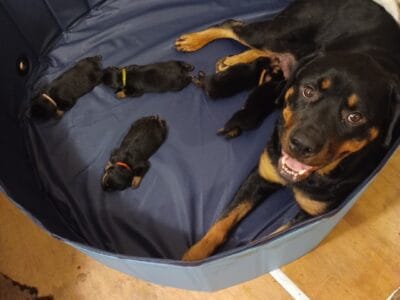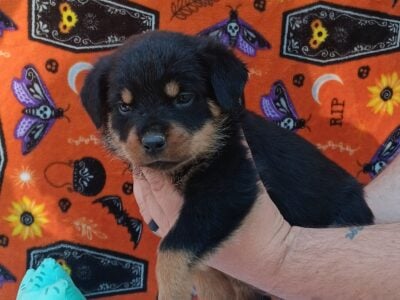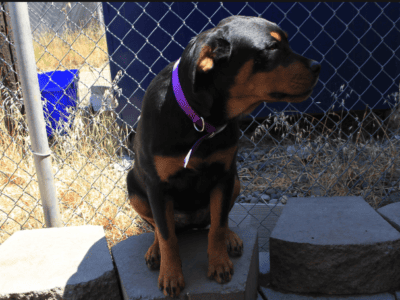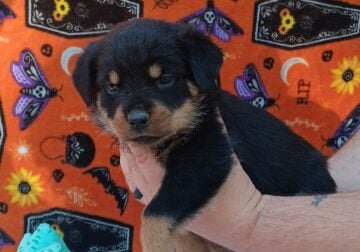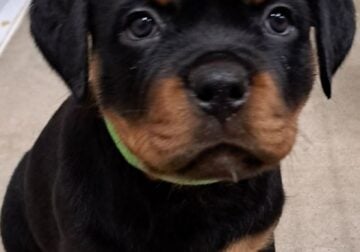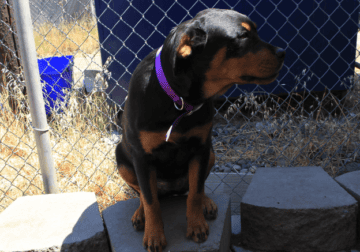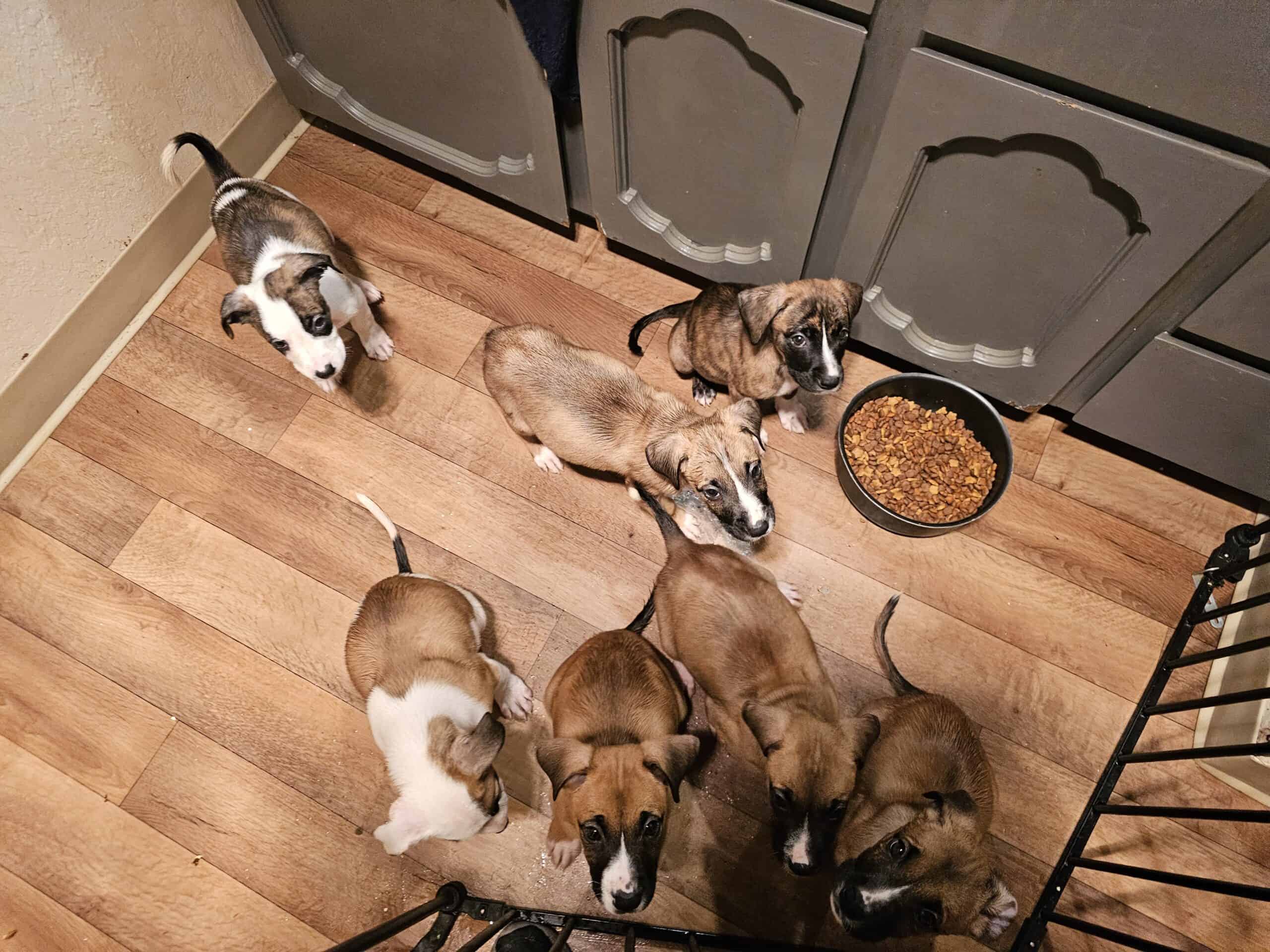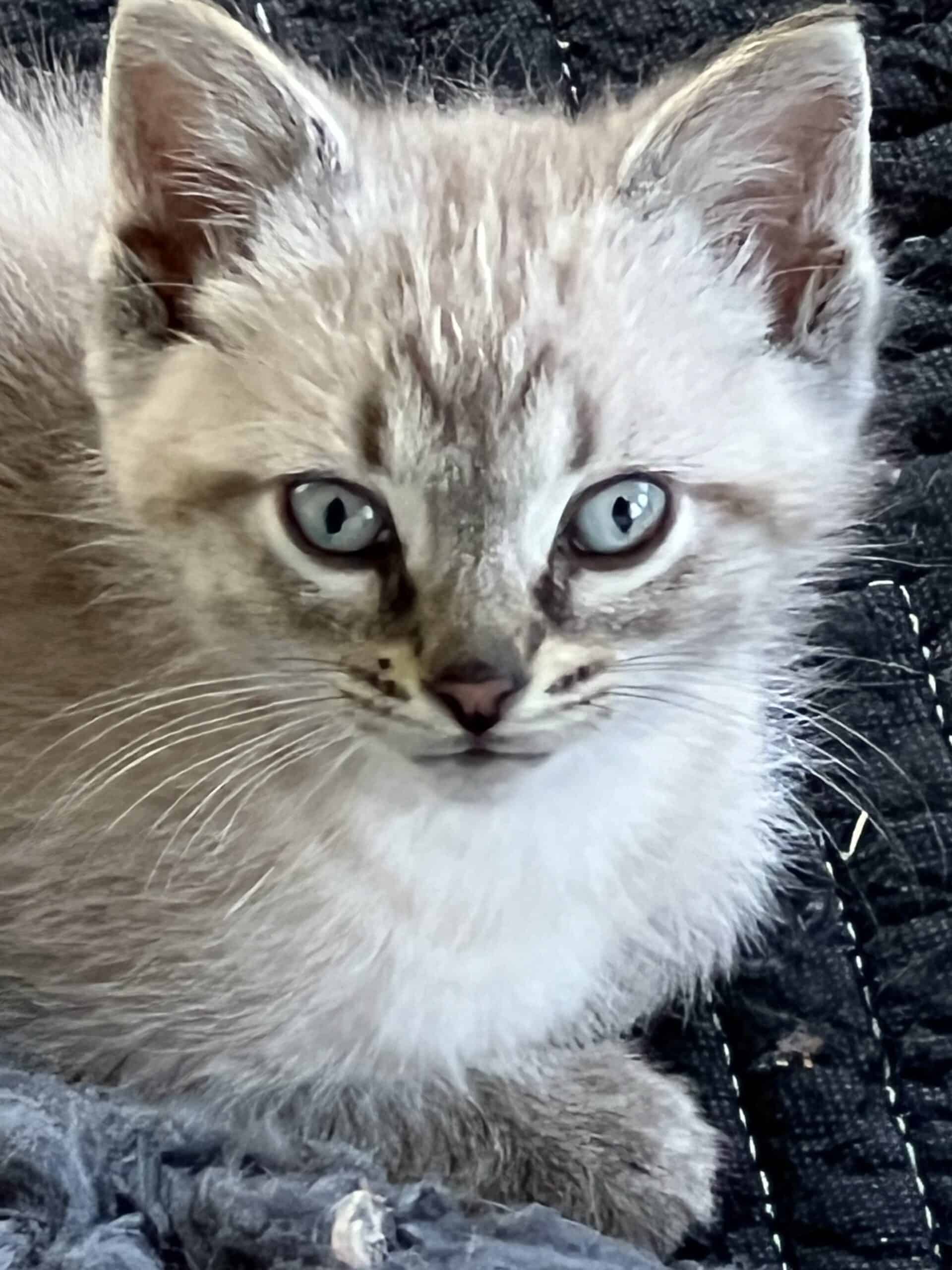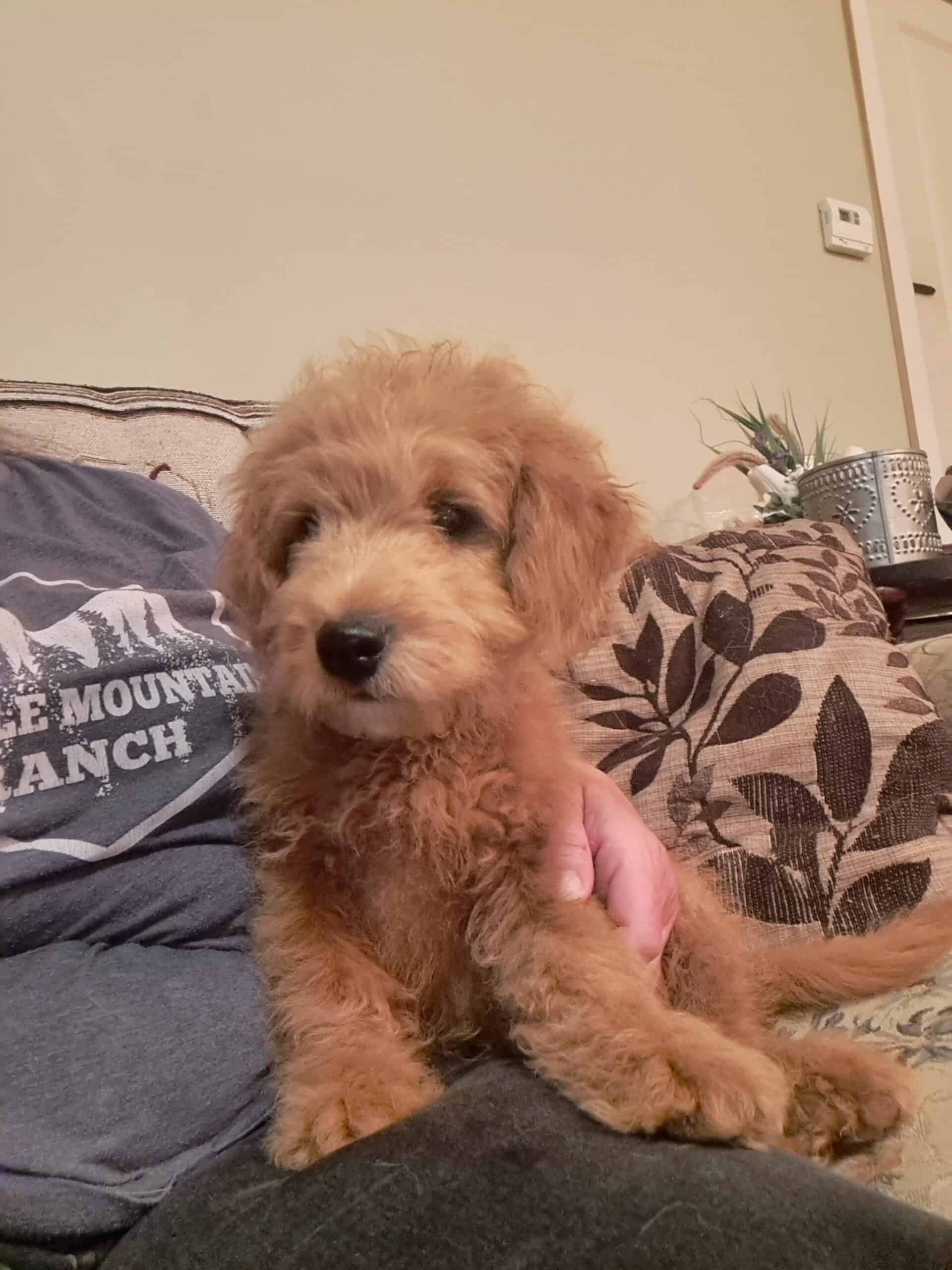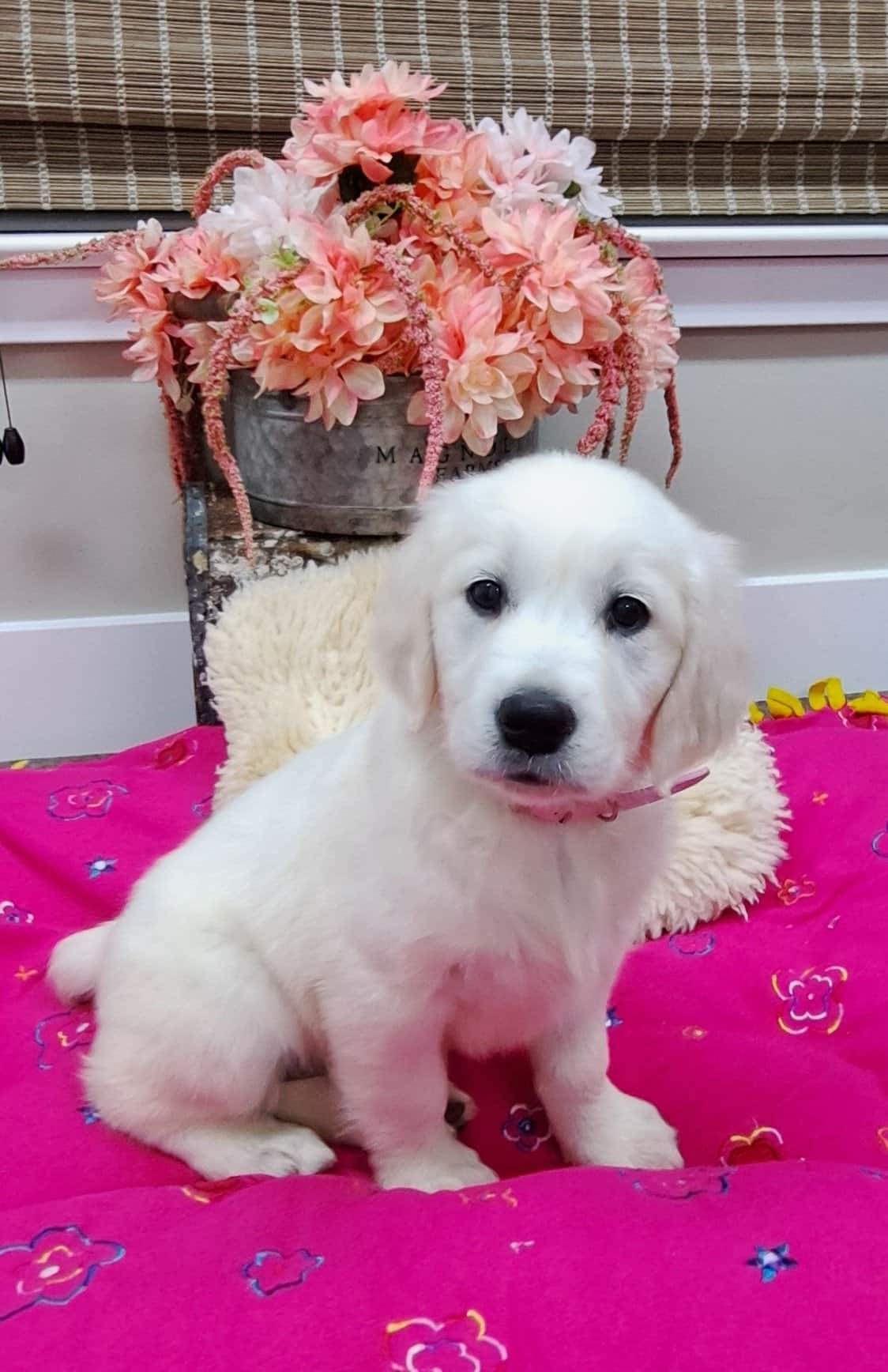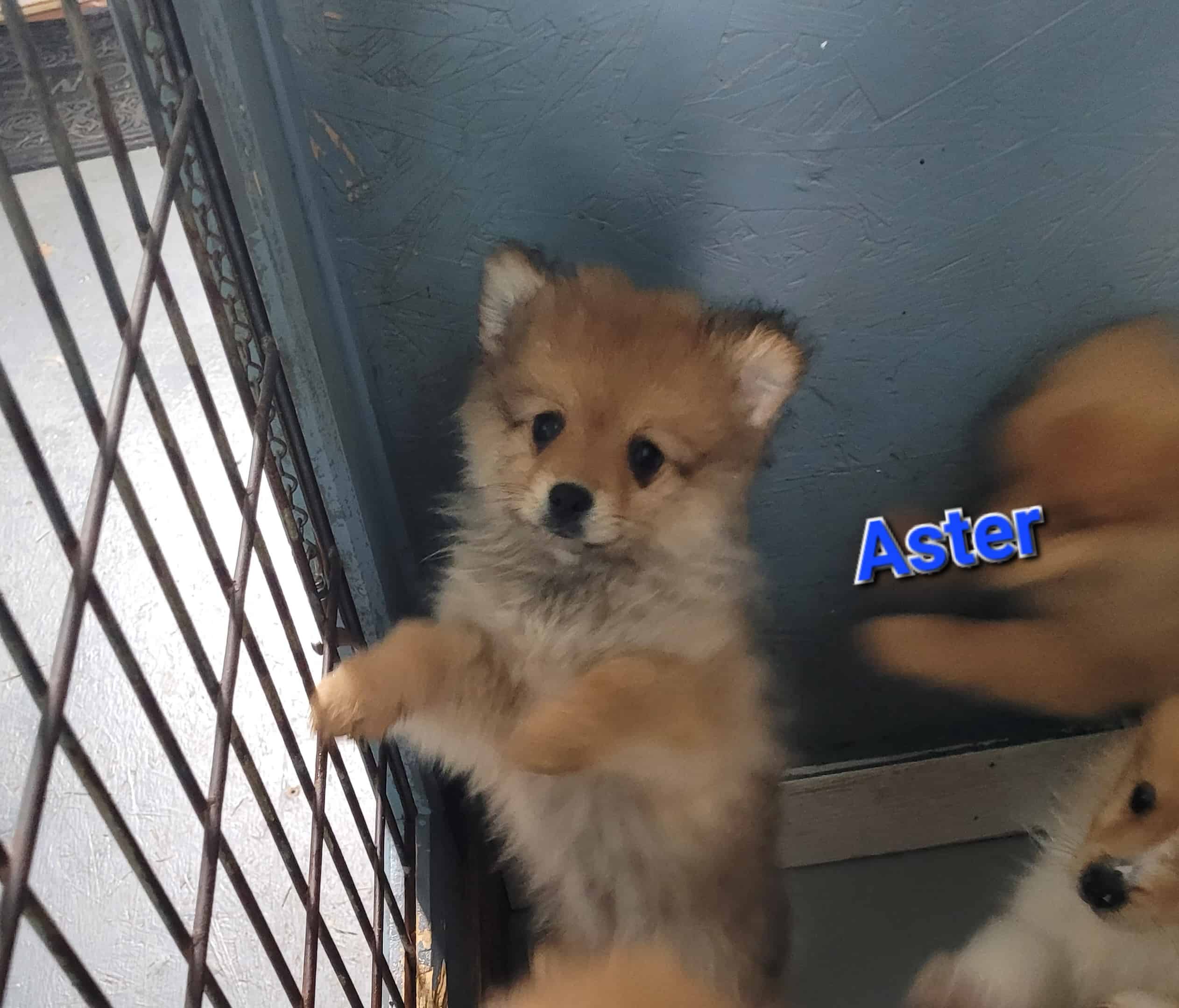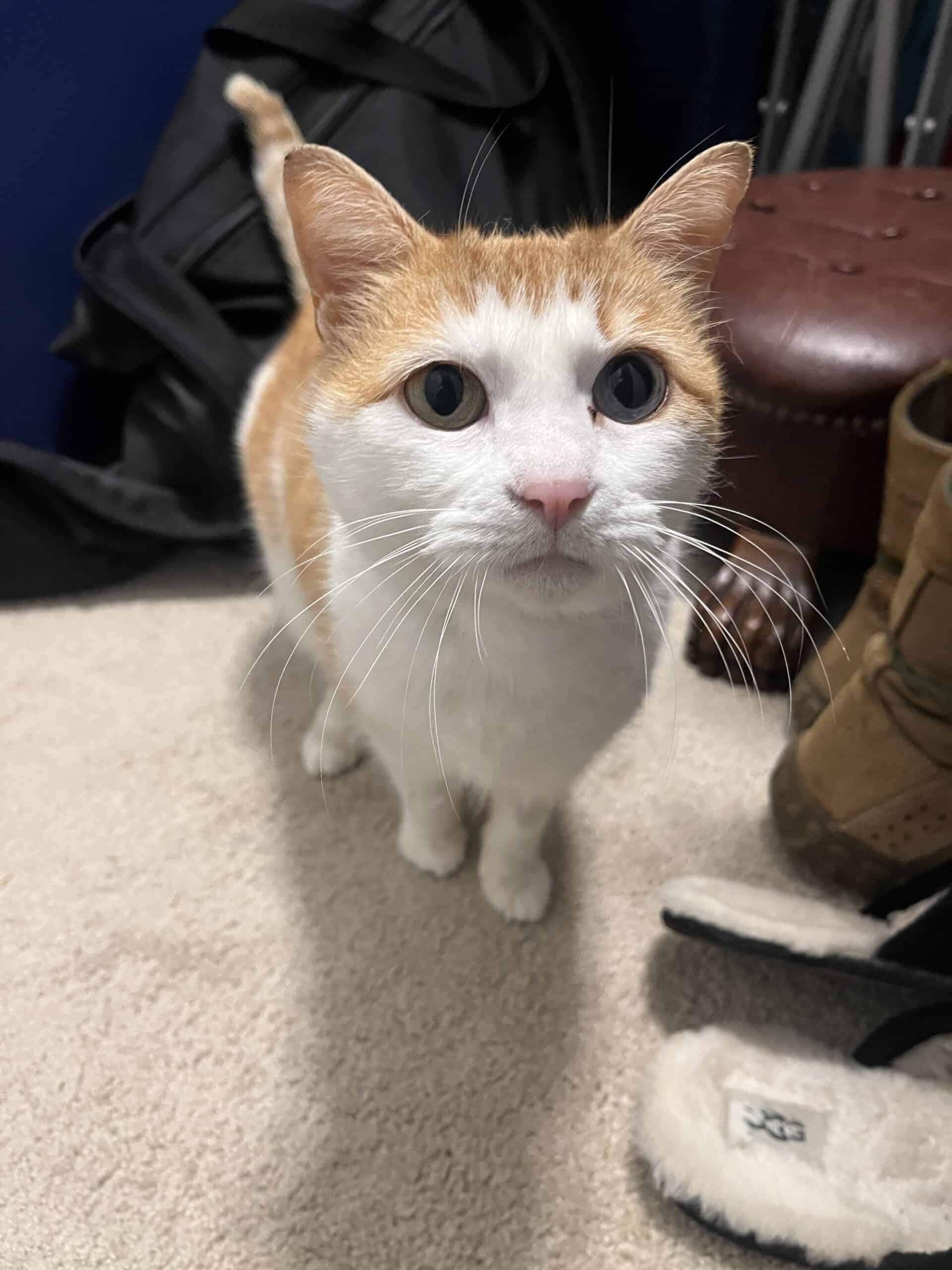Popular Filters:
Rottweiler Puppies for $250
Rottweiler Puppies for $500
Rottweiler Puppies for Sale under $300 dollars
A Working Companion: Rottweiler Puppies for Sale
The Rottweiler is a large-breed cattle herding dog from Germany that developed into one of the most versatile working breeds of the 1900s. Intelligent and even-tempered, Rotties have transformed into popular and beloved family companion dogs. Its widespread presence does not mean a Rottie is a great breed for everyone. Like any dog, a good fit requires research into personality, care requirements, common health issues, and potential training challenges. In the wrong hands, a Rottweiler can be unpredictable and dangerous. If you have a lot of time to train and socialize your dog, can manage its strength and size, and are ready for tons of activities and play interaction, a Rottweiler for sale may be an excellent choice for your home.
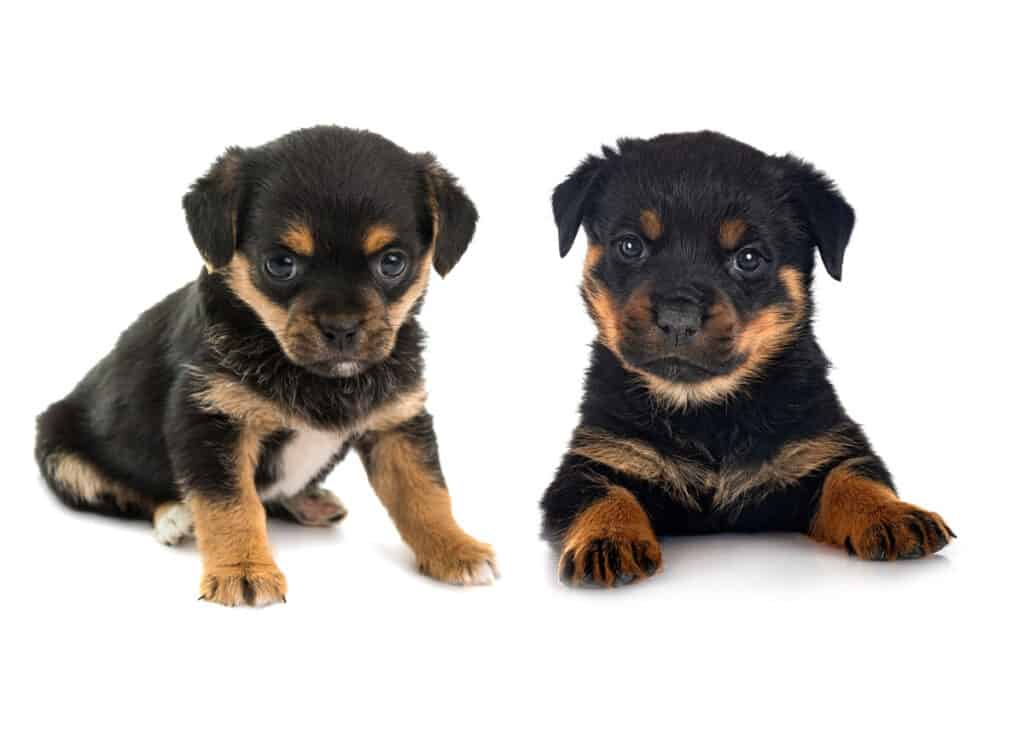
What You Get with a Rottweiler for Sale
No doubt looks to play a significant part in why potential owners choose certain breeds. The Rottie is impressive in both size and demeanor.
Physical Appearance
Males stand as tall as 27 inches at the shoulders while even females are 23 to 25 inches. An adult Rottie can weigh 80 to 130 pounds. However, Rottweiler puppies for sale are commonly under 10 pounds and look like miniature bears. Their large heads give you a sense of what they will look like later. In profile, a Rottie has a pronounced stop. From the front, it has a broad skull base between the ears, a level expression, and wideset eyes. These dogs often appear to be smiling with their wide jaws and slightly shortened muzzle. Rotties exude power with a thick strong neck, long sloping shoulders, sturdy limbs, straight back, and deep broad chest. Their gait is bouncy and ground-covering. Although the tradition has always been to dock their tails short, some Rotties have a long tail that curves and almost touches the back when the dog is excited or alert.
Temperament
Rottweilers, despite their reputation for aggression, are watchful dogs with a high working drive and lots of affection and playfulness for their owners. Their disposition when they have a good social foundation is to treat strangers with politeness and only attack when there is a proven threat. Many Rotties develop friendships with multiple people over time. Rottweilers have a good attitude around children. Their size and energy require caution and supervision around kids under nine years old. Although Rotties can learn to get along with cats, it is risky to trust them unsupervised around small animals. The size differential puts small-breed dogs and cats vulnerable to serious injury with any dispute. Even with pets their size, some Rottweilers are aggressive against same-gender dogs.
What color are Rottweilers?
Rottweilers are black and tan. Tan markings can range from light brown to rust to mahogany and always stick to a pattern on the cheeks, above the eyes, on the chest, lower legs, and under the tail. Now and then, dogs have stray white hairs, but true white markings are unacceptable as are any variations in colors or the locations of markings. Rottweiler puppies for sale will usually be born with their brown markings. A few are mostly black, and their markings become visible later. Although you may see rare colors in Rottweilers, they call into question the animal’s purity or may indicate a disorder.
- Red – Not likely to be a purebred; The black and brown color of the Rottie has been prevalent for hundreds of generations
- Blue and brown – Black becomes dilute from a recessive gene in blue dogs; Blue Rottweilers are not believed to be purebred
- Liver and brown – A color variant of the Doberman and GSD, liver is the result of a color gene that suppresses dark pigmentation; Liver makes the usual black areas of a dog look chocolate; Many experts believe liver-colored Rotties are crossbreeds
- White – Rottweilers can develop vitiligo, be albino, or have crossbreeding in their ancestry to produce a white dog; Albinism, characterized by a pink hue in the eyes, is exceedingly rare in dogs as is vitiligo which produces only patches of white; Dogs that have a dominant white or piebald (spotting, roan, or ticking) gene can produce white in a traditionally black and tan dog
- Solid black – Not likely to be a purebred Rottie; Black is a recessive gene in German shepherds and a dominant gene in other dogs like the Labrador; It does not appear with any regularity in Rotties, but there is a possibility a recessive gene could express itself on a rare occasion; Unscrupulous breeders may breed Rotties to Labs to get solid black dogs.
What to Know about Rottie Health
Rotties, like other large breeds, have a short lifespan compared to their smaller counterparts. The average Rottweiler lives only eight to ten years. But how can you predict the future health of a litter of Rottweiler puppies for sale? Your first step is to arm yourself with knowledge.
Rottweiler Breed-Specific Certifications
When you find the “most beautiful Rottweiler puppies for sale near me,” your best bet is to make sure you are dealing with a reputable breeder before you fall in love. Health screenings and examination of the ancestral tree do not apply to rescue and shelter dogs. But Rottie breeders should have access to records and certificates so you can enhance the chances your puppy will live beyond the upper limits of its lifespan. As a guideline, the AKC recommends that a veterinary specialist has evaluated and certified a Rottweiler parent’s hips, elbows, eyes, and heart. Once you acquire your pup, you can speak with your veterinarian about additional risks of an immune-compromised juvenile such as Demodex and parvovirus. Your pet’s doctor can prevent or decrease the severity of many puppyhood challenges.
How to Care for Your Rottweiler
A Rottweiler for sale does not come with a manual for its care. Your breeder may help you with an initial jumpstart, your veterinarian will give you additional information and instructions, and people along the way will feed you welcome and not so welcome advice. For the most part, your research, experiences, and growing pains will force you to wade through the trials of having a dog on your own.
Grooming
Rottweilers have a double coat with medium-length outer fur that may have a little wave to it. You will need to brush the coat at least twice a week. Daily brushing may cut down on the amount of shedding, especially in the fall and spring when your dog replaces its undercoat. Sometimes you need a wire brush to reach down to the lower layer of fur. Unless your dog has a skin condition, you should bathe no more frequently than every four to six weeks. Nail trimmings should happen every four to eight weeks. Your grooming routine should also include checking your pet’s ears for redness or discharge and brushing its teeth.
Exercise
Your Rottweiler is a large active working dog and requires at least one and a half to two hours of exercise every day. A working dog will need even more than two hours daily. Exercise does not need to consist wholly of hard running, bite work, or other high-intensity drills. Rotties need mental stimulation as well as a physical outlet for pent-up energy. Training, socialization, and interactive games and puzzles will keep your Rottie’s mind active. Activities such as Shutzhund, agility, tracking, and herding trials are excellent ways for you to bond with your Rottie, stay active with her, and keep her mentally engaged.
Feeding
Not only are sedentary Rotties unhappy, but they are also vulnerable to gaining excess weight. You must monitor your dog’s body condition weekly and adjust caloric intake accordingly. Work closely with a veterinarian or canine nutritionists because all changes in food amounts should happen gradually. Puppies eat three to four meals daily until they are six months old and may need 45 to 75 calories per pound every day during a growth spurt. An adult that weighs around 100 pounds will need 1,250 to 2,000 calories per day depending on activity level and health and reproductive status. Nursing mothers, for example, may need more food even than a puppy per their weight. Whether canned, dry, homemade, or raw, make sure the dog food you feed has a meat source of protein as one of the top five ingredients. Ideally, meat should be the first ingredient after any water. Rottweilers should eat multiple times a day to help prevent the dreaded condition of GDV. Also, avoid feeding your dog from elevated dishes.
Training and Socialization
Rottweiler puppies for sale are ridiculously cute when you are ready to take them home at eight to twelve weeks old. However, it is also a critical age for getting them used to all the sight and sounds they will experience as adults. Lack of socialization can lead to overgrown fearful dogs or Rotties who attack unprovoked. Most of the tools your Rottweiler pup will need for a good basis in social comfort he or she will acquire between four and sixteen weeks of age. Consult with your veterinarian on how to balance your dog’s social exposure with its vaccination schedule.
Also paramount when you own a large dog is training. Rottweilers scored in the top 10 on Stanley Coran’s measurements for working intelligence. Their ability to learn quickly does not mean they do not have any challenges. Experienced and self-assured owners find Rotties easy to train, but the breed can be willful, bossy, and pushy. Moreover, they are powerful, and attempts to force specific behaviors will meet with resistance and resentment. Rotties are sensitive and need abundant positive reinforcement along with firm leadership.


